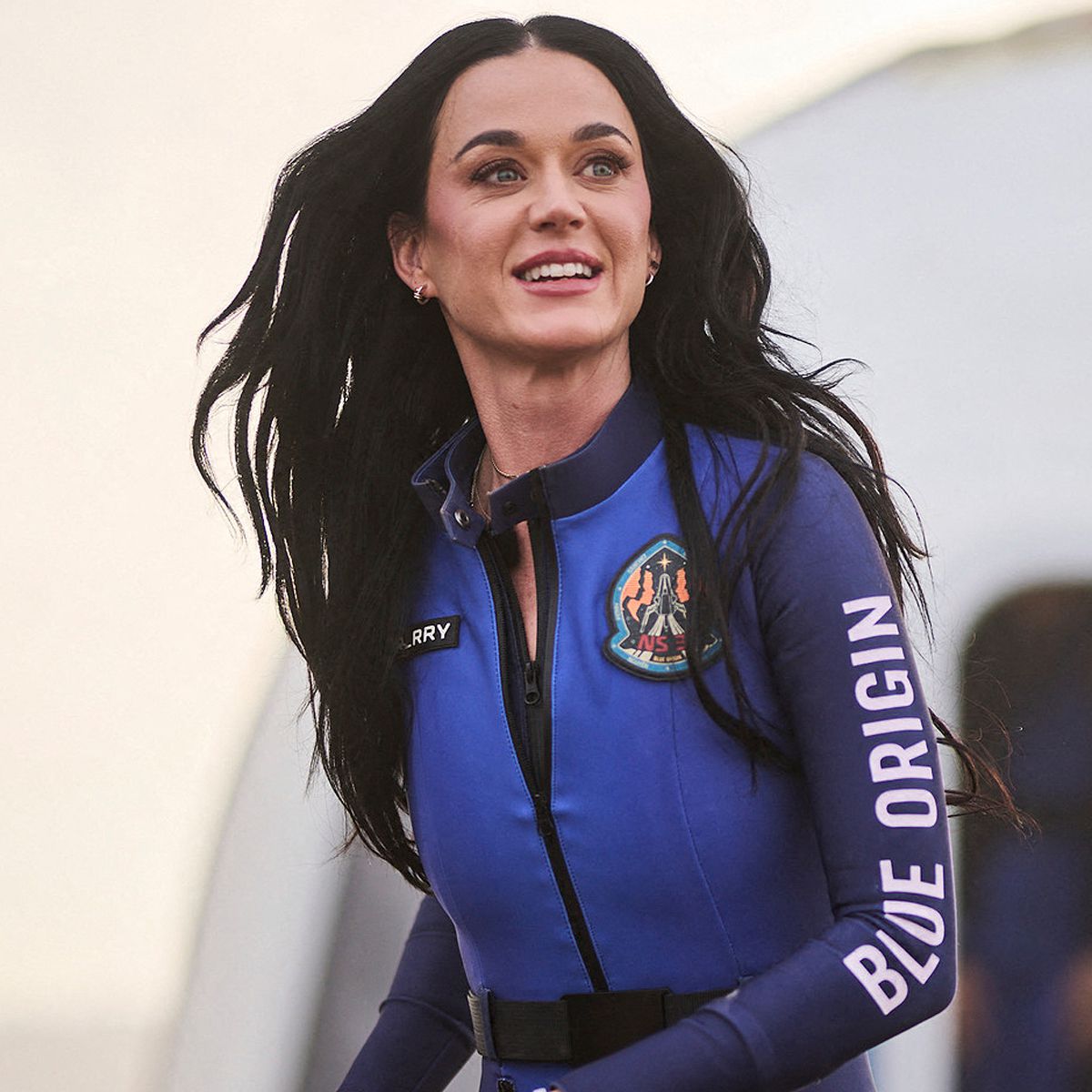In the popular series Riverdale, most of the show’s ‘teenagers’ were played by actors who were in their mid-to-late twenties.
This isn’t a unique circumstance: actors that portray teens on TV are, on average, six to ten years older than the characters they play, creating a significant gap between fiction and reality. TV and film producers hiring fully grown adults to play high school students sustains unrealistic beauty standards, jeopardizes the authenticity of storytelling, and limits opportunities for young actors.
For teens and adults alike, TV is an escape from reality. When we turn on the TV, we expect to see dramatized versions of relatable or somewhat realistic scenarios. Yet, TV shows often portray teenagers as flawless, perfectly groomed young adults, producing unrealistic standards that teenagers might feel they have to live up to. This is exacerbated by our increasingly media-centric world, filled with constant comparison and unrealistic ideals in terms of body image, personal identity, social status, and other issues. For example, think Gossip Girl– the “high school juniors” that star in the show, who were actually in their twenties and early thirties during filming, had hair and makeup teams giving them makeovers before every shot, even when they’re seen to have just woken up. This both reinforces the unattainable standards that teens already feel pressured to meet and can lead to viewers feeling more insecure about their self-image. Instead of seeing their own struggles portrayed on screen, they are shown an idealized, hyper-mature version of adolescence that is extremely unrealistic.
This disconnect can also result in the sacrifice of authenticity of the portrayal of the high school experience. The older an actor may be, the further removed they are from their own high school experience, which can affect their ability to present it accurately and authentically.
Mickey Leopold (’26) said the “casting of adults as students” makes like Never Have I Ever feel “unrealistic.” Young actors offer a raw and emotional realism that cannot be fully captured by adults, as they are often living the scenarios that they are acting out alongside their careers. For example, Eighth Grade, released in 2018, is a coming-of-age drama that follows a teenage girl through her last week of middle school.
The movie was, at the time of its release, and in many ways still is, celebrated as one of the most accurate on-screen representations of the modern teenage experience. This can likely be attributed to the movie’s authentic casting, as the star of the movie, Elsie Fisher, was actually 15 when it was being shot. She was able to capture the adolescent experience so powerfully because of her real-life proximity to the events depicted in the movie.
It is important that we, as audiences, advocate for more accurate representation of teenagers in the media.
The ethical implications of glorifying an adultified version of adolescence cannot be overstated. This practice can lead to the lines between adult and teenage experiences becoming blurred and can at times alter societal perception of what teenagers should look like and how they should behave. Casting actual high school students allows teens to tell their own stories instead of the depictions of their own experiences being dictated by people who are far removed from them.









